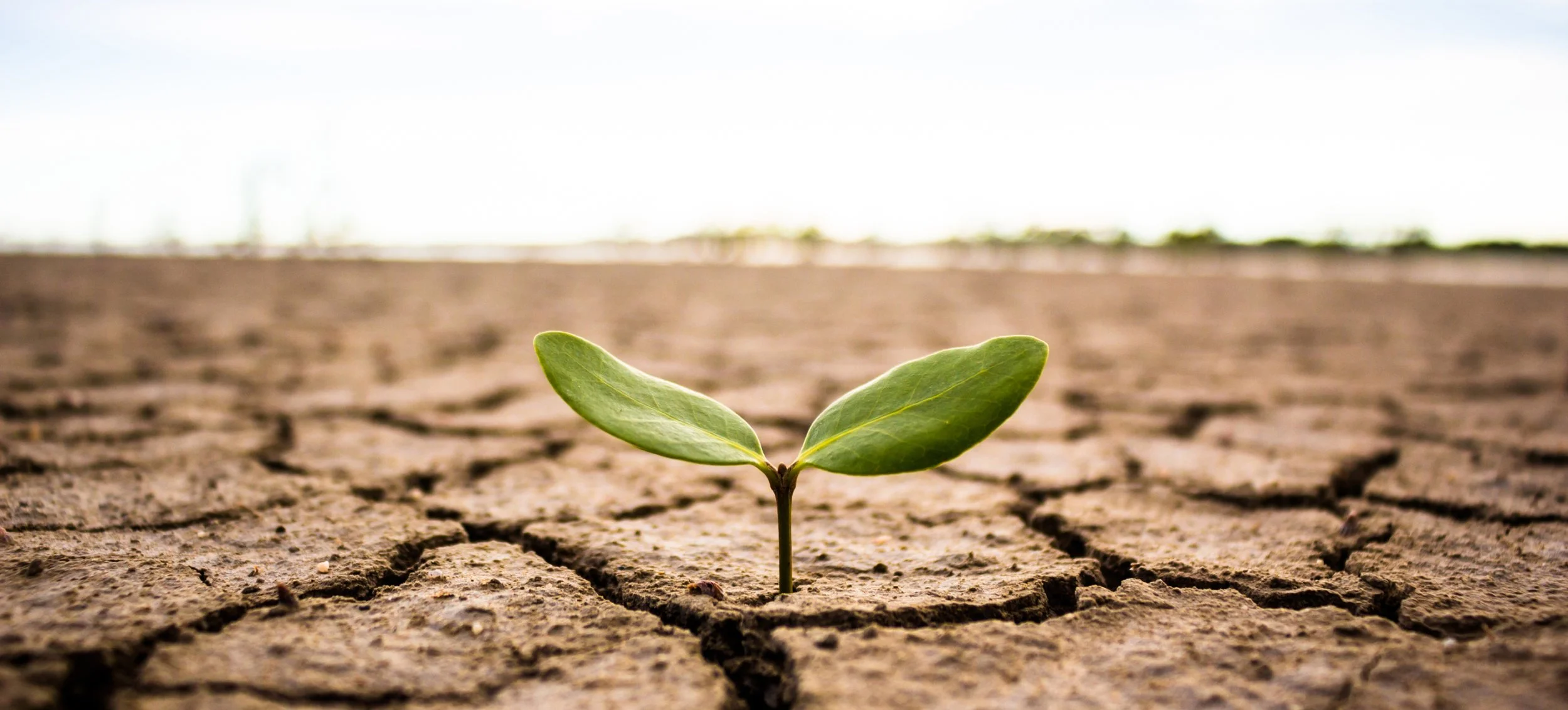El Niño's effects on agriculture in 2024 and ways to survive it
The El Niño-Southern Oscillation (ENSO)
The El Niño-Southern Oscillation (ENSO) is a recurring climate pattern involving changes in the temperature of waters in the central and eastern tropical Pacific Ocean. It is a coupled climate phenomenon with three states or phases: El Niño, La Niña, and ENSO-neutral. During El Niño events, the ocean surface experiences warming, while during La Niña events, it experiences cooling. ENSO-neutral is in the middle of the continuum, indicating normal conditions. These phases require changes in both the ocean and the atmosphere, as ENSO is a coupled climate phenomenon.
ENSO is one of the most important climate phenomena on Earth due to its ability to change the global atmospheric circulation, which in turn influences temperature and precipitation across the globe. It directly affects rainfall distribution in the tropics and can have a strong influence on weather across the United States and other parts of the world. The oscillating warming and cooling pattern, referred to as the ENSO cycle, has significant impacts on weather and climate globally, including extreme events such as flooding and drought.
El Niño
El Niño refers to a warming of the ocean surface, or above-average sea surface temperatures, in the central and eastern tropical Pacific Ocean. This warming is accompanied by weakened or reversed low-level surface winds along the equator, disrupting normal weather patterns globally.
During El Niño events, trade winds weaken, and warm water is pushed back east, toward the west coast of the Americas. This can lead to warmer than average weather in the tropical eastern Pacific, and it can also limit the development of tropical storms in the North Atlantic.
The impacts of El Niño can include heavy rains in some areas and droughts in others, as well as disruptions to marine ecosystems and fisheries due to changes in ocean temperatures and currents.
La Niña
La Niña, on the other hand, refers to a cooling of the ocean surface, or below-average sea surface temperatures, in the central and eastern tropical Pacific Ocean. This cooling is accompanied by even stronger than usual trade winds, pushing more warm water toward Asia and increasing upwelling off the west coast of the Americas.
During La Niña events, the impacts can include cooler and wetter than average conditions in some regions, as well as potential effects on hurricane activity in the North Atlantic.
As we venture further into 2024, the looming presence of the El Niño weather phenomenon has cast a shadow over the agricultural landscape, particularly in Latin America. The potential disruption to rainfall patterns and the threat of extreme weather conditions have placed the region's agricultural sector on high alert. In this blog, we delve into the anticipated effects of El Niño on agriculture in 2024 and explore strategies to mitigate its impact.
The Effects of El Niño on Agriculture
The El Niño weather phenomenon is anticipated to persist through the first half of 2024, bringing with it abnormal rainfall patterns that pose a significant threat to agricultural productivity. Historically, El Niño has exerted influence over key crops such as wheat, rice, and corn, which are pivotal to the agricultural landscape of Latin America. The region's vulnerability to the extreme conditions amplified by El Niño is compounded by the concurrent effects of climate change, including heatwaves and erratic weather patterns.
The implications for agriculture are far-reaching, encompassing crops, livestock, forests, and fishing industries. The vulnerability of the sector to absorb economic losses during periods of extreme weather and drought is a cause for concern. Notably, crucial fish species such as anchovies and tuna along the northern coast of Peru and southern Ecuador face heightened risk. The prolonged El Niño event is poised to disrupt the delicate balance of agricultural activities, potentially leading to reduced yields, quality deterioration of fruits, and challenges for oil palm production.
Reduce El Niño's Effect on Agriculture
Sustainable farming practices offer a promising avenue for mitigating the impact of El Niño on agriculture. By embracing sustainable approaches, farmers can bolster their resilience against the disruptive effects of El Niño, thereby safeguarding agricultural productivity and livelihoods.
The adoption of sustainable farming practices, such as crop rotation, soil conservation, and water-efficient irrigation methods, can play a pivotal role in mitigating the adverse effects of El Niño on agriculture. Crop rotation, as exemplified by a 10-plot rotation plan devised in 1996, has demonstrated its efficacy in maintaining agricultural productivity over the years. This approach not only enhances soil health and fertility but also contributes to the resilience of farming systems in the face of climatic variability.
Furthermore, sustainable farming practices encompass measures to conserve water and optimize its usage, particularly in regions susceptible to drought induced by El Niño. Precision irrigation, as exemplified by the proactive implementation of drip irrigation in response to the impact of the 2016 El Niño on the banana industry, underscores the significance of water-efficient farming methods in mitigating the challenges posed by El Niño. By ensuring water efficiency and sustainable agriculture, farmers can fortify their operations against the uncertainties brought about by El Niño.
Moreover, sustainable farming practices align with the broader concept of climate-smart agriculture, empowering farmers to invest in resilient production tools and methods that enable them to mitigate climatic shocks. By integrating sustainable production tools and methods, climate-smart farmers can build more resilient livelihoods and predictable incomes, thereby enhancing their capacity to withstand the impacts of El Niño and other climatic uncertainties.
In conclusion, sustainable farming practices offer a compelling solution to mitigate the impact of El Niño on agriculture. By embracing sustainable approaches, farmers can enhance their resilience, optimize resource usage, and fortify their agricultural systems against the disruptive effects of El Niño, ultimately contributing to the sustainability and stability of agricultural livelihoods.



